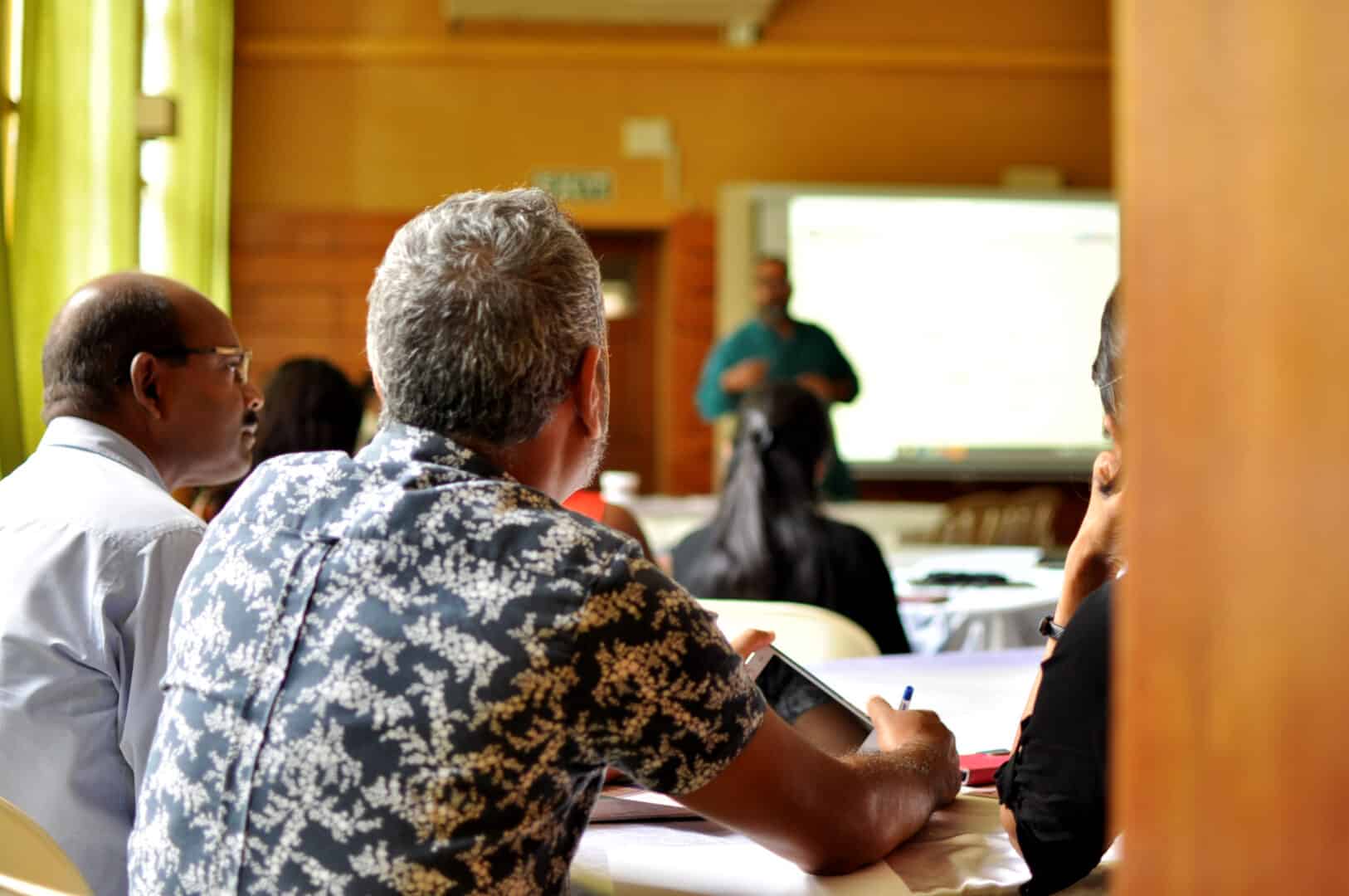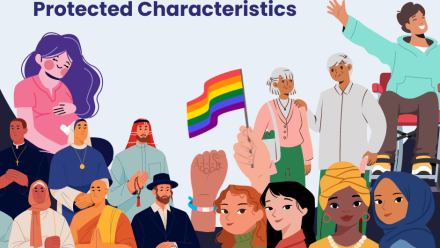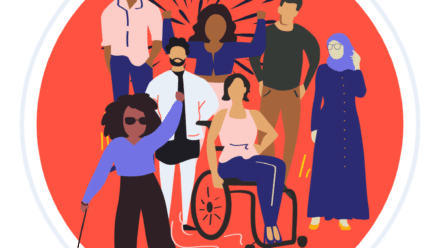How we’re partnering with the small states of Africa to meet the UN’s Sustainable Development Goals
13th September 2022 by Raphaele von Koettlitz
International Projects Coordinator Ruksar Hussain discusses D&A International’s work with African small states, and how we’re supporting their journey to uphold the UN Convention on the Rights of People with Disabilities and meet the Sustainable Development Goals for 2023.
What was the challenge?
Disability employment laws and statistics vary dramatically across many small states in Africa. However, what they do have in common is a commitment to the United Nations’ Conventions on the Rights of People with Disabilities (CRPD); each country we partnered with either had signed, or was working to ratify, the CRPD accords.
Education statistics from across the small states seem to show that disabled people face significant barriers to accessing education and employment, being more likely to drop out of school and have lower attainment.
We know that an immersive and dynamic learning course, led by those with lived experience of disability and neurodiversity, can help embed the social model of disability in the way we work and support others.

What did we do?
Between November 2021 and March 2022, we delivered our two-course programme with participants from across various small states of Africa: Introduction to Assistive Technology and Introduction to Disability Needs Assessments. Both were delivered in partnership with the Commonwealth of Learning (COL) and Global Rainbow Foundation (GRF).
35 learners took part in the initial course, Introduction to Assistive Technology. Learners were from five countries: (Botswana, Lesotho, Mauritius, Namibia and Seychelles) and 19 different organisations were represented, including educational institutions and ministry departments. 15 participants progressed on to the second course, Introduction to Disability Needs Assessments.
What were the highlights?
15 learners successfully completed every aspect of the Introduction to Assistive Technology course, and 11 went on to complete the Introduction to Disability Needs Assessment course.
The impacts spanned many different aspects of participants’ lives and careers. Those who completed the courses reported increased confidence in both conducting a disability needs assessment, and identifying assistive technology to overcome the barriers an individual might be facing.
Psychomotor Therapist Wardiyah Fawdsar reflected on how the course had not just impacted their knowledge of assistive technology, but of the very nature of their work: “Until now, I didn’t quite grasp how important the work we are doing was, and how it can positively impact the lives of so many people.”
Another was similarly emboldened by their experiences on the course: “This course has been eye-opening. So much work is still needed in the small states. I wish and hope that our knowledge will help our day-to-day interactions with various groups of children and adults.” (Clemende Mabvundura, Gaborone International School).


